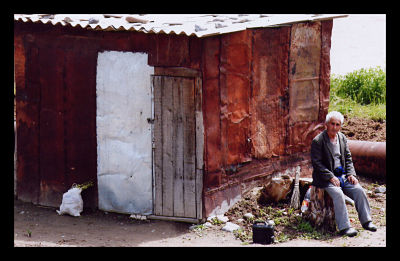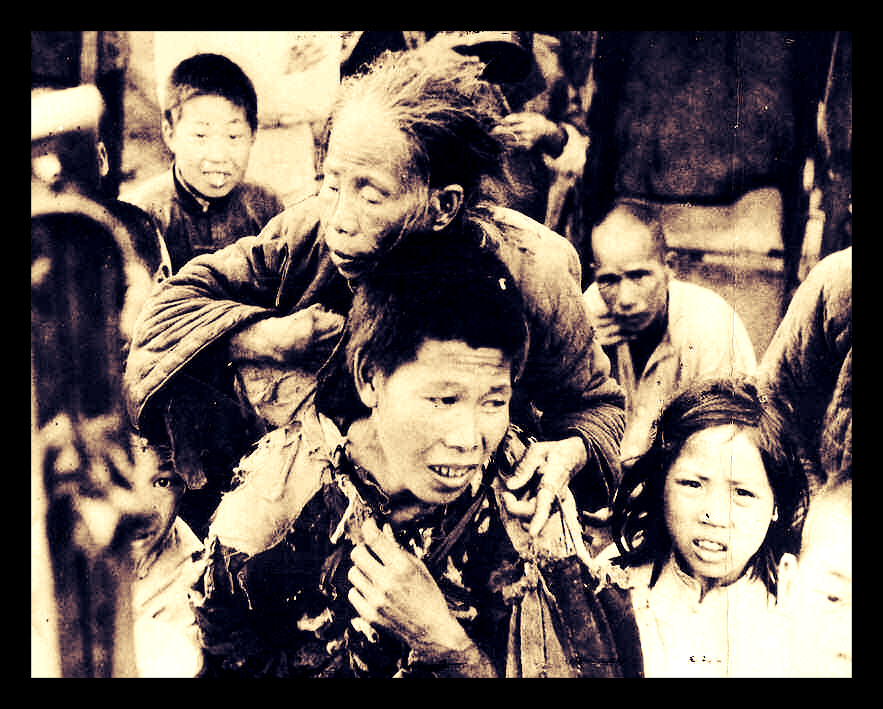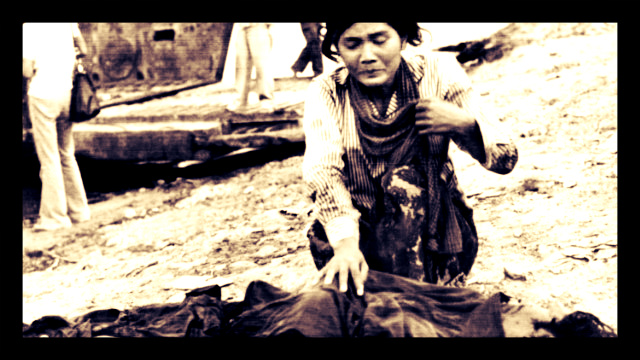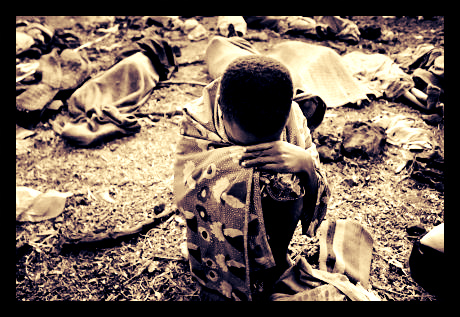After the Soviet Union dissolved in 1991, Turkmenistan was granted independence for the first time in over 100 years.
According to data gathered by the Soviet government officials in 1991, at that time Turkmenistan’s population was nearly completely literate. Since its independence from the Soviet Union, education in Turkmenistan has significantly changed. Here are five facts about education in Turkmenistan.
1. Reform
President Berdimuhammedov, appointed in February 2007, encouraged hope for the people of Turkmenistan that reforms in education would occur. In addition, in 2007, Turkmenistan underwent an over 500 percent increase in their gross domestic product (GDP) due to increased oil and gas prices. Since 2007, the Turkmenistan government has made a number of educational reforms, such as raising the amount of compulsory education, the proliferation of “model schools” and the creation of curriculum guides.
2. Attendance
In Turkmenistan, there is a primary school attendance rate of 97 percent. However, there is only an 85 percent attendance rate for secondary schools.
3. Equality
Despite the relatively high percentage of attendance, education in Turkmenistan is not equal for all citizens. While there is near gender equality, there is significantly higher attendance in urban instead of rural areas. Enrollment in primary education is at 67 percent for Turkmenistan’s capital city, Ashgahat, but only 11 percent for Lebap, a rural region.
4. Completion
Only 0.1 percent of students who attend primary school in Turkmenistan drop out, while 0.8 percent of students in Turkmenistan repeat a grade. However, 99.8 percent of students who attend, finish primary school.
5. Infrastructure
A challenge that education in Turkmenistan is facing is the quality of its educational buildings. Due to the lack of investments in education prior to 2007, many school buildings are deteriorating. Around 15 percent of schools have structural problems that make them too dangerous to use for classes.
While there is a greater wealth access to education in Turkmenistan than in surrounding countries, there is still a necessity for further educational reforms in Turkmenistan.
— Lily Tyson
Sources: BBC, CountryStudies, UNICEF
Photo: Flickr








